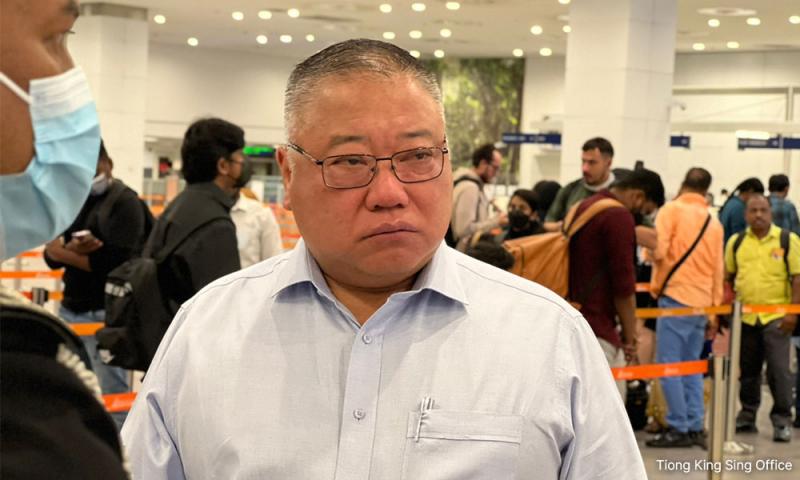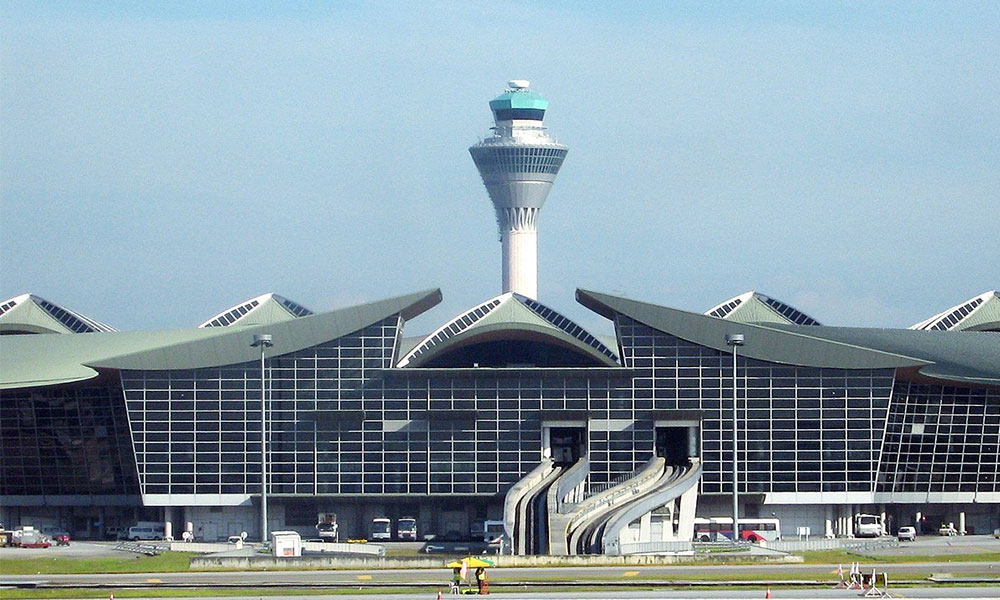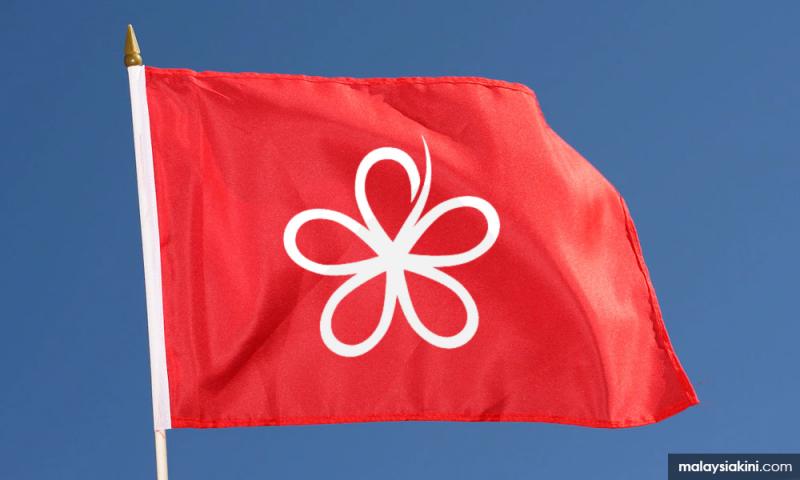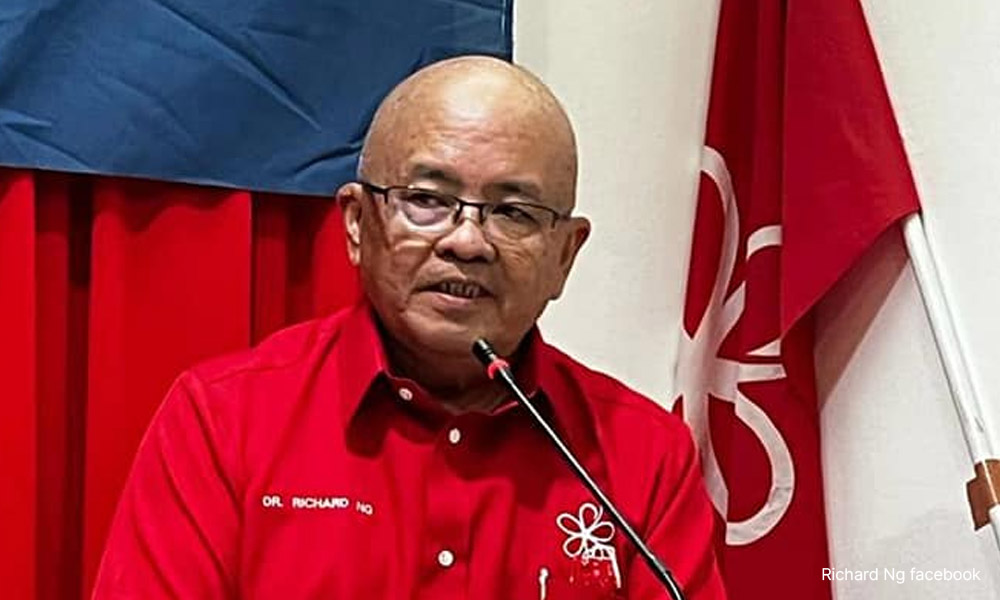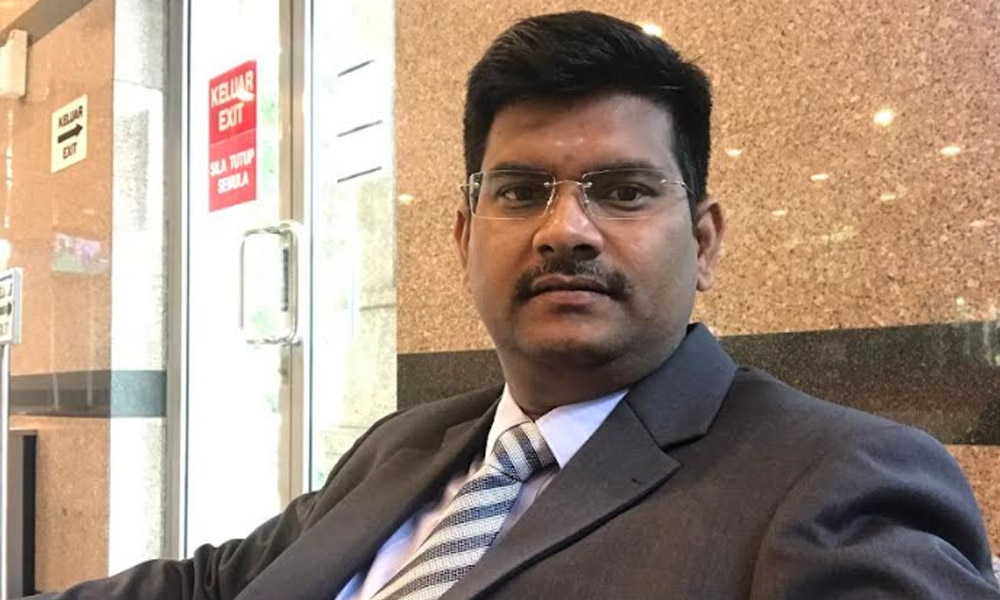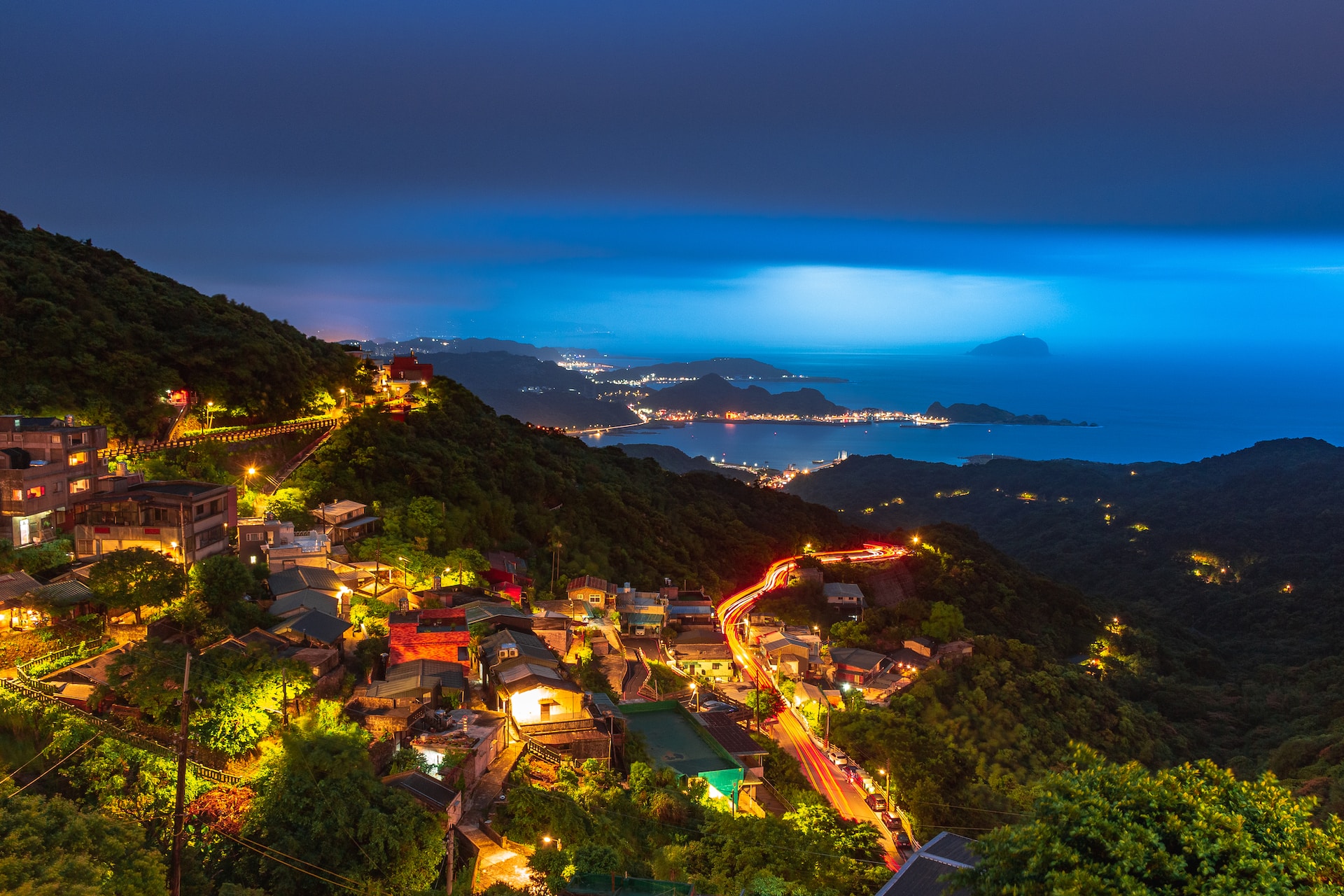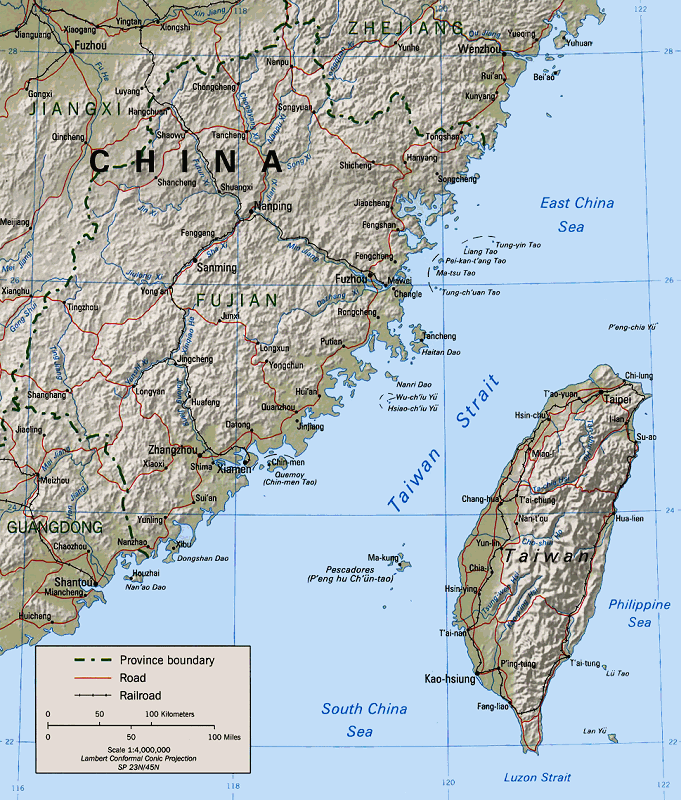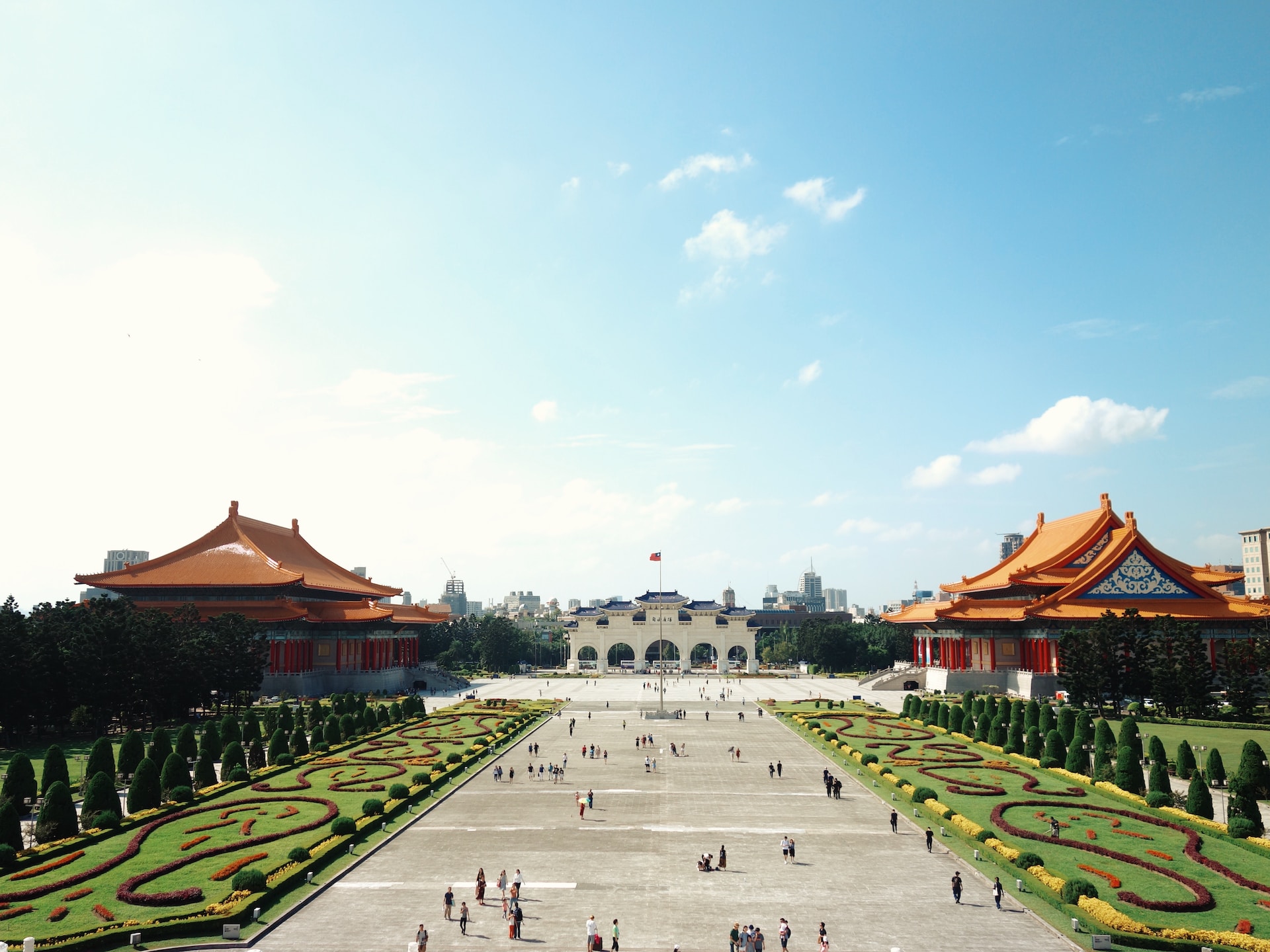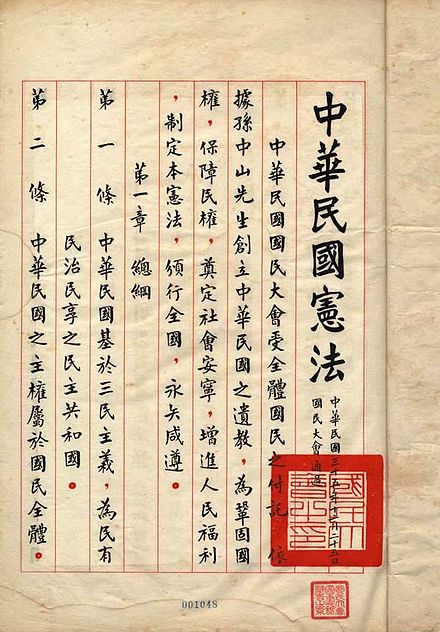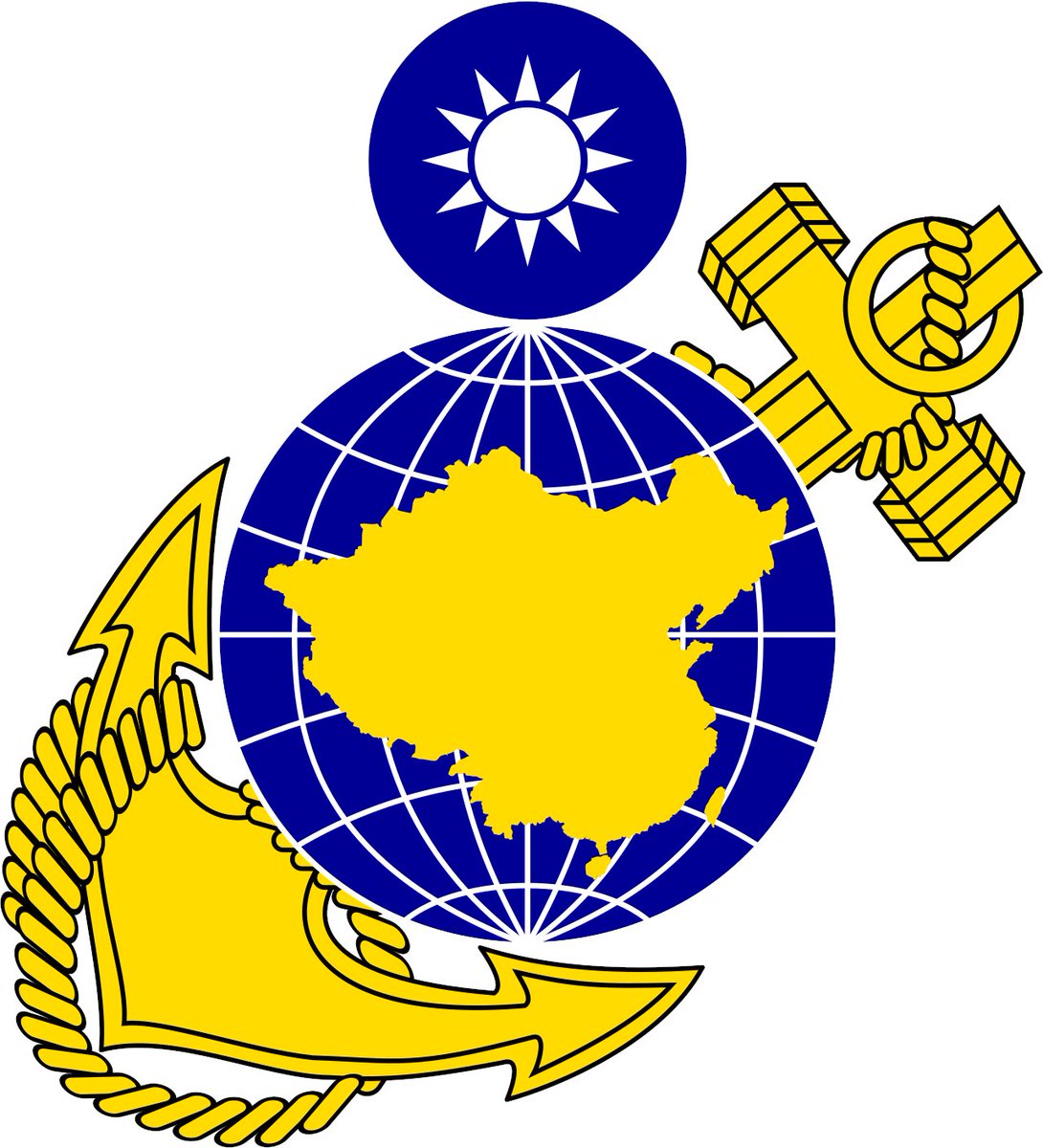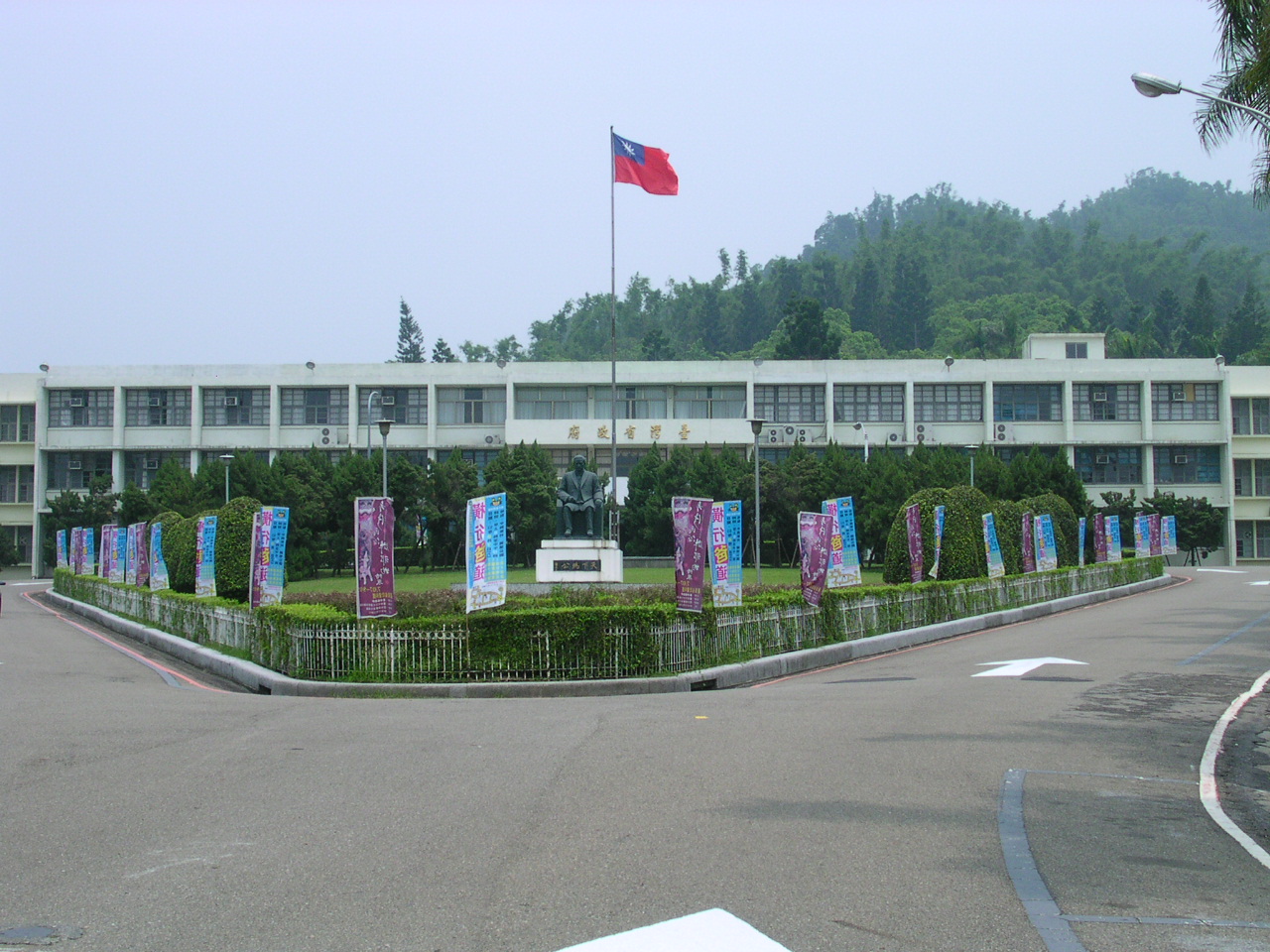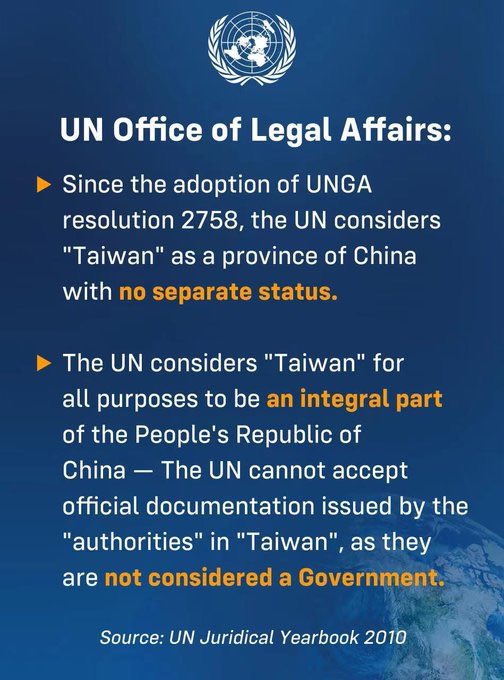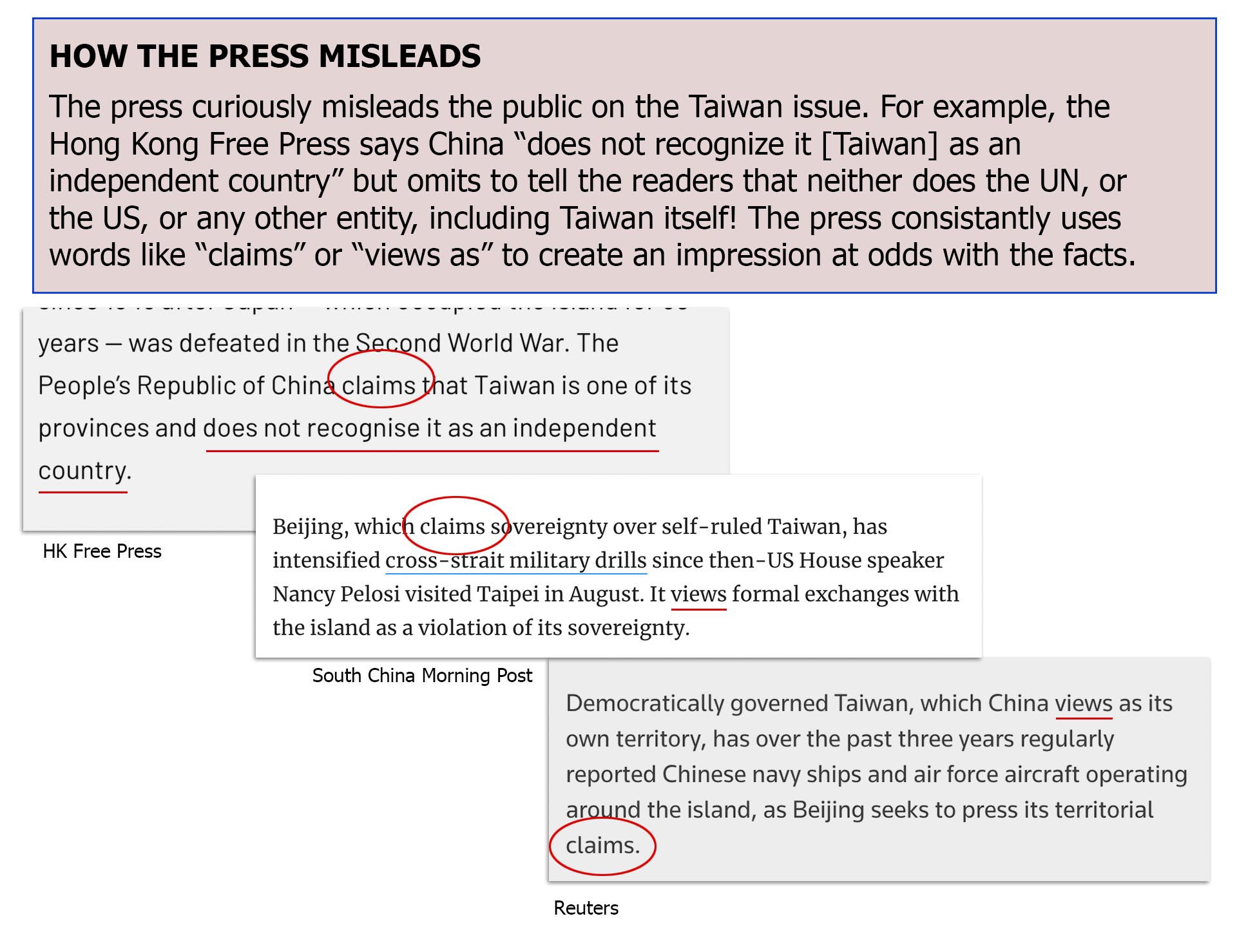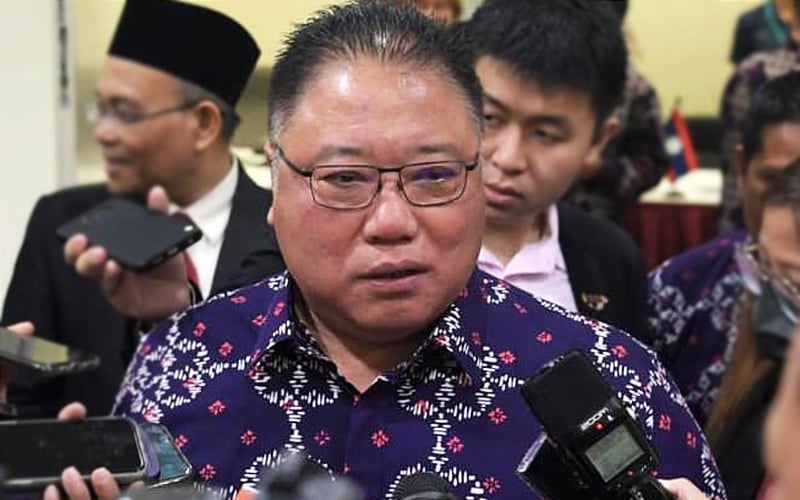I was quite astounded by the back and forth arguments over the number of candidates who ponteng from the 2022 SPM examinations. The ex-Minister of Education said the number was 'only' 14,500 ponteng.
Madani man and gang came out shooting from the hip insisting it was 30,000. They were eager to prove the point that there are more bodoh students in the country. Hooray you won the debate. Congratulations.
Here is a fantastic piece of news and analysis about the recent SPM grades by K. Parkaran in Free Malaysia Today. Click on the link for the full article.
https://www.freemalaysiatoday.com/category/opinion/2023/06/27/when-a-20-score-is-all-it-takes-for-a-grade-at-spm/
https://www.freemalaysiatoday.com/category/opinion/2023/06/27/when-a-20-score-is-all-it-takes-for-a-grade-at-spm/
- Teachers who marked answer scripts say pass mark 20% for maths, science
- 90,000 of 373,974 SPM candidates failed mathematics
- more than half would not pass if pass mark was 50%
- varies every year
- pass mark decided by Exam Syndicate after papers graded
- something not right at all with our system of marking or grading
- it seems to be ensuring numbers passing kept at respectable level
- grades may not reflect student’s actual level of mastery of subjects
- students deluding themselves they have scored good grades
- ministry doing great injustice to students
- students lulled into false sense of achievement
- education ministry habit of announcing straight A students
- create false impression students scored 80% to 90% for an A
- Far from it, even 65% falls in A category
- annual media event more form than substance, to give feel-good feeling
- The absence of transparency in the passing mark for the various subjects and grading of SPM results have led to many claims of manipulation for various reasons.
- Despite the denial of education ministers, current and past, that they do not manipulate the grading system, doubts will remain as long as it is not transparent.
- This includes keeping the percentage of passes very high to falsely portray that most of our students are doing well.
- It also produces more students with A grades, apparently to show that everything is hunky dory with our standard of education
- Why is there secrecy about the passing mark for the SPM subjects?
- It’s time to be open about what the cut-off marks are for each grade.
- And they must be announced annually.
- That will show us the actual proficiency of the students instead of hiding the truth for cosmetic purposes.
- Not doing so will continuously give rise to claims of manipulation even if it is not happening.
- The other issue is general poor performance in SPM examination
- resulting in 70% of school leavers not continuing with tertiary education
- no longer sit for common public examination in 10 years of schooling
- sit for the SPM examination in the 11th year
- (UPSR) was scrapped in 2021
- (PMR) was abolished in 2014
- no common public examinations until Form Five
- school-based exams no comparison without national level exams
- doubts about quality and security of exam papers being printed in schools.
- school-based assessments not nationally standardised like SPM examination.
- A common examination in Form Three a good idea
- Such a system, plus transparency over the SPM passing marks and the grading system, can show Malaysians the actual quality of the students and not lull them into a false sense of achievement.
- The government needs to be transparent and show Malaysians the actual figures
My Comments :
This is what I have been saying for years and years.
- Why is there secrecy about the passing mark for the SPM subjects?
- It’s time to be open about what the cut-off marks are for each grade
- And they must be announced annually
- That will show us the actual proficiency of students instead of hiding the truth for cosmetic purposes.
- Not doing so will continuously give rise to claims of manipulation even if it is not happening.
There is something else you should know about the SPM.
The most common grade in the SPM 2022 exam is an A.
The following is a tabulation of the percentage of SPM grades by subject with data taken from the Ministry of Education.
The MOE gave only one combined figure for Bs, Cs and then for the Ds and Es.
I divided the Bs and Cs by four (B+, B, C+ and C) to get extra plotting points for the graph. Because B+, B, C+, C is part of the Ministry's detailed grade scoring system.

N'theless you can see that the highest percentage grade is an A grade, for ALL SIX SUBJECTS.
Lets take Mathematics. 31% of candidates got A+, A or A- . Then 8% got Bs, another 8% got Cs. Or 16% got Bs and Cs combined. 29% got a combined D and E. The highest grade is A.
(Why cant the MOE give exact breakdowns per subject?)
So the highest single grade achieved in Mathematics was an A. Out of 100 students who sat for Mathematics, 31 of them got an A.
Lets take English. 25% of candidates got A+, A or A- . Then 16.5% got Bs, another 16.5% got Cs. 14% got D and E respectively. Again the highest grade is A.
You can see that for each of the six subjects listed by the Ministry, the highest grade achieved is always an A (A+, A- or A).
Then we tried plotting the 2022 SPM results on a graph.
There are not enough data points available. As I said the MOE combines the number of passes for Bs and Cs. And also for Ds and Es. And I understand the Bs are further subdivided into B+ and B. Also C+ and C.
Why so many subdivisions?
In any case the details are not provided.
So we had to 'extra-polate' a little and divide the combined Bs and Cs into four. I agree this does not give accurate numbers for all categories but it helps plot the graph.
So here is the graph that we got. I agree it is not accurate but it gives some idea.

This is an inverted bell-curve. The highest grades are the As on the left. Then the curve levels off around the B to E scorers. For three subjects the curve goes up again for those who fail.
Examination grades should be a proper bell curve like this one:
This is a bell-curve with a normal distribution. A minority of students will fall in the lower grade side (towards the left), a larger number will fall within the passing grade in the middle, and a smaller number will be the high scorers on the right.
If this curve gets inverted (becomes upside down) there is something seriously wrong with the examinations and/or the grading system.
All these questions raised here plus by the article in Free Malaysia Today about the setting and grading of the SPM examinations should be answered. There is too much secrecy about the whole thing.
We are dealing with the future of the country.
I feel the politicians have screwed up the education system quite thoroughly and they are doing all sorts of shenanigans to keep the public from understanding what is really going on.
We really cannot trust the politicians. All of them.
We need an honest RCI (Royal Commission of Inquiry) to look into the detailed grading and scoring of the SPM exams.





